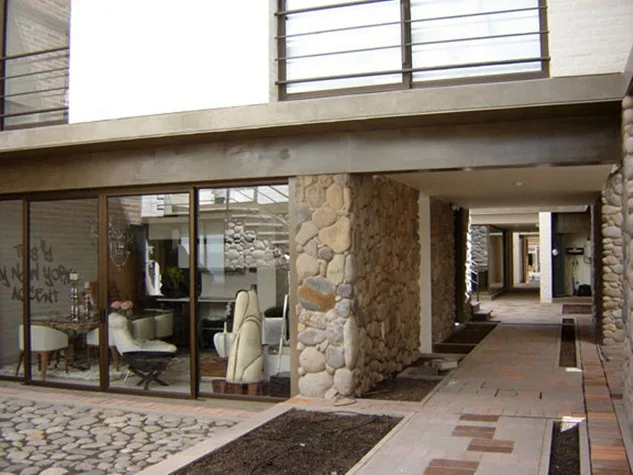As the dollar strengthens against regional currencies, Ecuadors borders see a frenzy of economic activity, both legal and illegal
In the last 12 months, the Colombian peso has declined almost 50% against the U.S. dollar, Ecuador’s official currency. In the same period, the Peruvian sol has lost more than 20% of its value to the dollar.
The bottom line? Business is booming on Ecuador’s Colombian and Peruvian borders but, unfortunately for Ecuador, most of it is on the other side.

Clothing made in Peru and Colombia is a bargain for Ecuadorian buyers.
And much of it is not legal.
With drastically lower prices in Colombian and Peru, Ecuadorians are crossing the borders in record number to take advantage of the savings. The new traffic is in addition to that which has existed for several years due to Ecuador’s higher import taxes. On the other hand, this is bad news for Ecuadorian manufacturers whose products are no longer competitive in the Colombian and Peruvian markets.
Ecuador’s Ministry of Foreign Trade has declared Carchi Province, on the Colombian border, a “depressed area,” and has taken steps to reduce the impact on Ecuadorians who make products to sell across the border.
“Colombia has decided to depreciate its currency significantly,” says trade minister Diego Aulestia. “This puts serious strains on Ecuadorian manufacturers who rely on the Colombian market. They are suffering,” he said on a visit last week to Tulcán, a city on the Colombian border.
“We are taking measures to alleviate the pain,” Aulestia said. “We need to do what we can to reduce their production costs and to increase incentives to continue to produce.”
Among those measures, are reductions and eliminations of import tariffs that businesses pay for materials needed for manufacturing. The government is also eliminating fees for cross-border trucking companies whose orders from Colombia have fallen significantly.
Ecuador is also facing a growing smuggling problem. Although border patrols have been increased in the effort to stop the flow of illegal goods into the country, officials say they can only stop part of the trade. On both the Peruvian and Colombian borders, there are hundreds of unofficial border crossings, many of them no more than dirt tracts, and border officials say they are unable to patrol the entire frontier.
The price differential is not entirely in favor of Ecuadorian buyers. Thousands of Peruvians and Colombians cross the border every day to buy Ecuador’s subsidized gasoline and propane gas. Even with lower prices, gasoline in Ecuador costs half of the official rate in Peru and Colombia. Propane in Ecuador sells at a 75% discount.





















